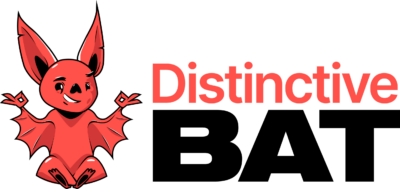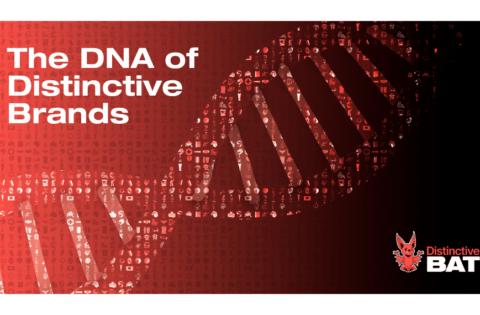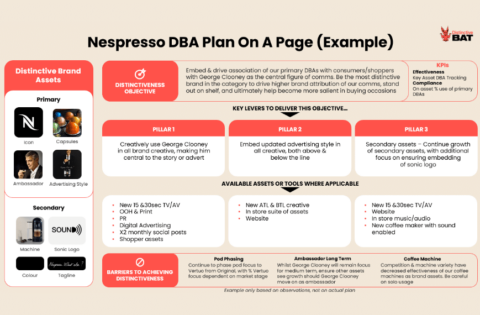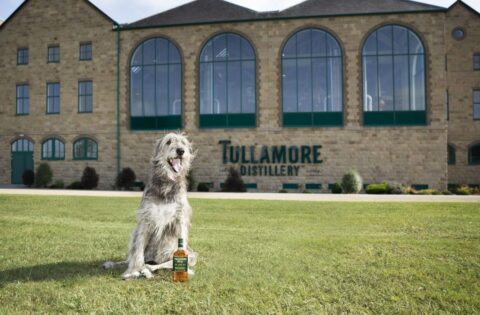
Who Is The Most Distinctive Christmas Character In U.K. Retail?
Who Is The Most Distinctive Christmas Character In U.K. Retail?
2022 felt like a record year for character-led Christmas ads, especially in the competitive retail space. Distinctive BAT, a Distinctive Brand Asset research consultancy, was intrigued to understand how these ads & characters were performing from a distinctiveness perspective. This would involve measuring how well-recognised the assets are (Asset Recognition) and how many people could attribute them to the correct brands spontaneously (Brand Attribution), amongst a sample of U.K. retail customers. These were then plotted on a Distinctive Brand Asset grid, initially developed by Jenni Romaniuk & The Ehrenberg-Bass Institute. We undertook two dips, one at the beginning of November, a week after most ads were launched, and again in early December, to understand how performance may have changed after a month of airing.
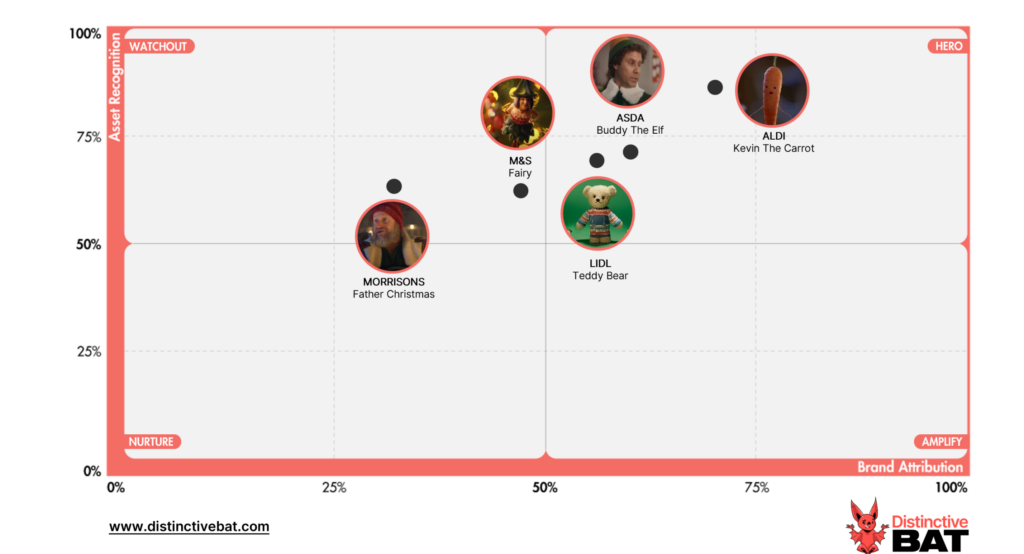
Leading the charge was Kevin the Carrot from Aldi who is the best performing character both in terms of Asset Recognition and Brand Attribution. 86% of people recognise “Kevin” as an asset from the retail category, with 70% able to correctly recall the asset as belonging to Aldi. But what does this all mean from a marketing effectiveness perspective? This means that anytime a consumer sees Kevin in any form, a large percentage of the British population is reminded of Aldi, all helping to maintain salience. Having a strong brand asset such as Kevin the Carrot will also help improve the effectiveness of Aldi’s advertising by increasing the chances a consumer will recognise the advert, recall it, but more importantly and ultimately, consign the brand to memory.
Kevin is one of the best examples of how to create and use a distinctive asset, with the brand really championing the character in advertising and across touchpoints at Christmas, not to mention pushing the boundaries in how it is used; the Kevin the Carrot merch store being a great example of this.
Distinctive Asset Measurement: Brand Research That Provokes Action
Used by some of the world’s most distinctive & leading brands






As an extremely well-activated asset, we would have actually expected it to score higher. Some of this is down to misattribution to Lidl, with 7% incorrectly attributing it to the rival discounter, more likely linked to the general confusion and interchangeability of the brands to some.
Two new characters launched this year, The Lidl Bear and Buddy the Elf from Asda. Just a week after launching, both assets performed reasonably well as seen from the first research dip in early November. This shows the power of Christmas TV ads in the cultural sphere, especially PR in the early festive weeks.
The Asda approach of borrowing equity from an already established character/asset also appears to be paying off, where Brand Attribution was at a strong 50% just a week after launch, improving to 60% in early December. Meanwhile, the Lidl bear also had a strong start, with 69% now recognising the asset (up from 58% in November), and 56% already being able to attribute it to the correct brand, a solid jump from 43% after the initial campaign launch. The strong Brand Attribution scores are good results for each brand, with Brand Attribution being the more difficult metric to move. It can often be easier to use an asset that feels familiar to the category (high perceived Asset Recognition) but has little brand ownership.
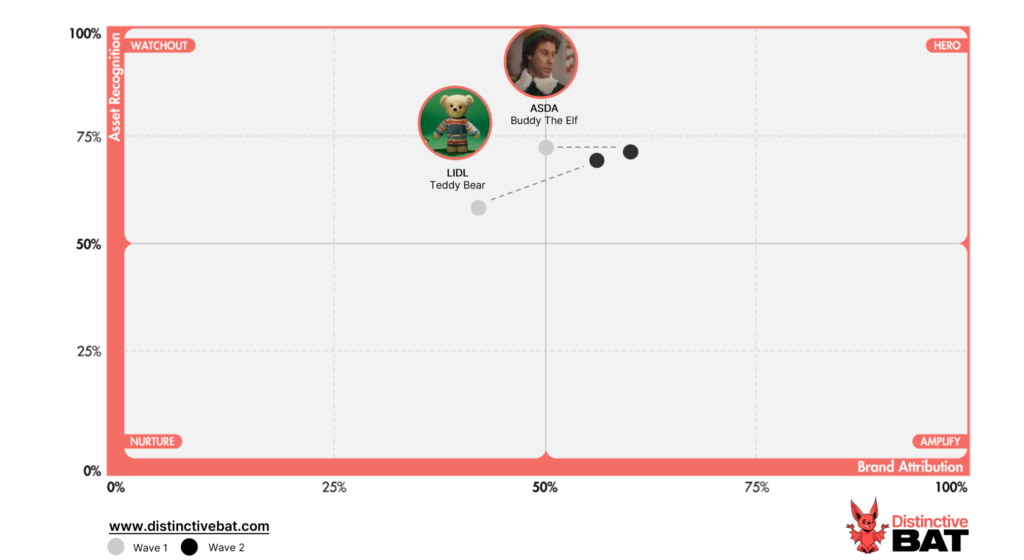
The Marks & Spencer Fairy returned for a second year and performed admirably, however only 63% of consumers currently recognise the asset, with less than 50% able to attribute it to the correct brand. Morrisons Farmer Christmas also returned this year and scored the weakest of the assets on show with only 32% correctly attributing it to Morrisons. While Asset Recognition improved from November (to 63% from 38%), there are watch-outs with this asset. It feels familiar to a large percentage of people, but only a minority can correctly recall the brand it belongs to. This can be further seen by the higher misattribution versus the other assets, with 10% of people misattributing the asset to Tesco. This shows the difficulty in embedding a human character as a brand asset versus other forms of characters; it’s much easier to make a carrot distinctive than a farmer!
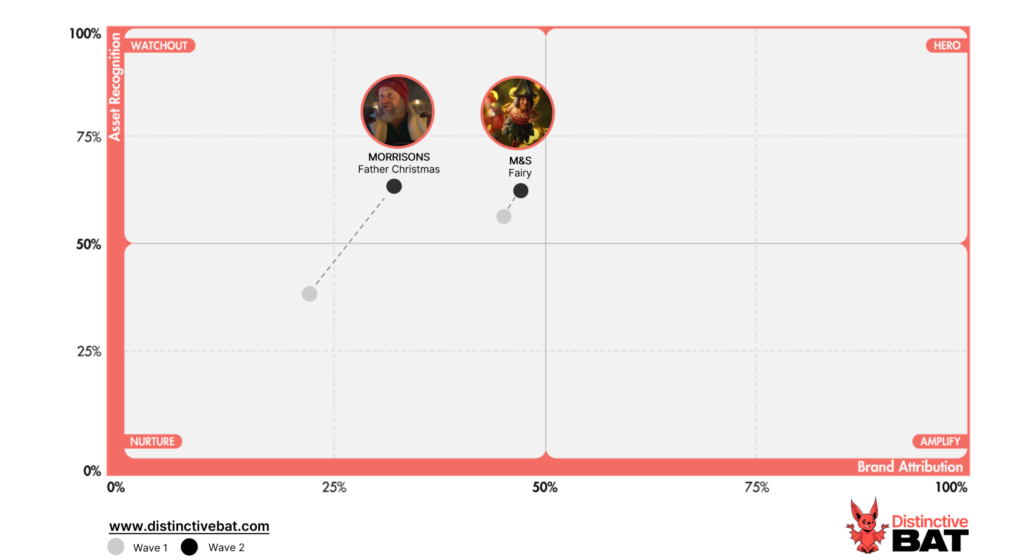
The Aldi success story continues, with Kevin the Carrot remaining on top of the tree. Lidl, no doubt influenced by the success of Kevin, now have a character which can be activated each Christmas, with memorability compounding year after year. In addition, the Teddy Bear will also improve branding scores & future advertising effectiveness – distinctive assets very much have a snowball effect this way; strong assets improve branding, strong branding improves asset embedding, and so on, and so forth.
Buddy The Elf was a brilliant play by Asda with solid scores from the get-go. The only downside will be longevity. While Lidl & Aldi have ownable assets that can be activated to their heart’s content, Asda is at the mercy of whatever licensing agreement they negotiated; at least Buddy can’t get caught up in too much scandal.
The research was conducted via two dips of 500 U.K. national representative retail customers in early November & December 2022.
Have any questions on Distinctive Brand Asset Research or Tracking? Drop me a message via LinkedIn or email at hello@distinctivebat.com
Distinctive Asset Measurement: Brand Research That Provokes Action

Used by some of the world’s most distinctive & leading brands






